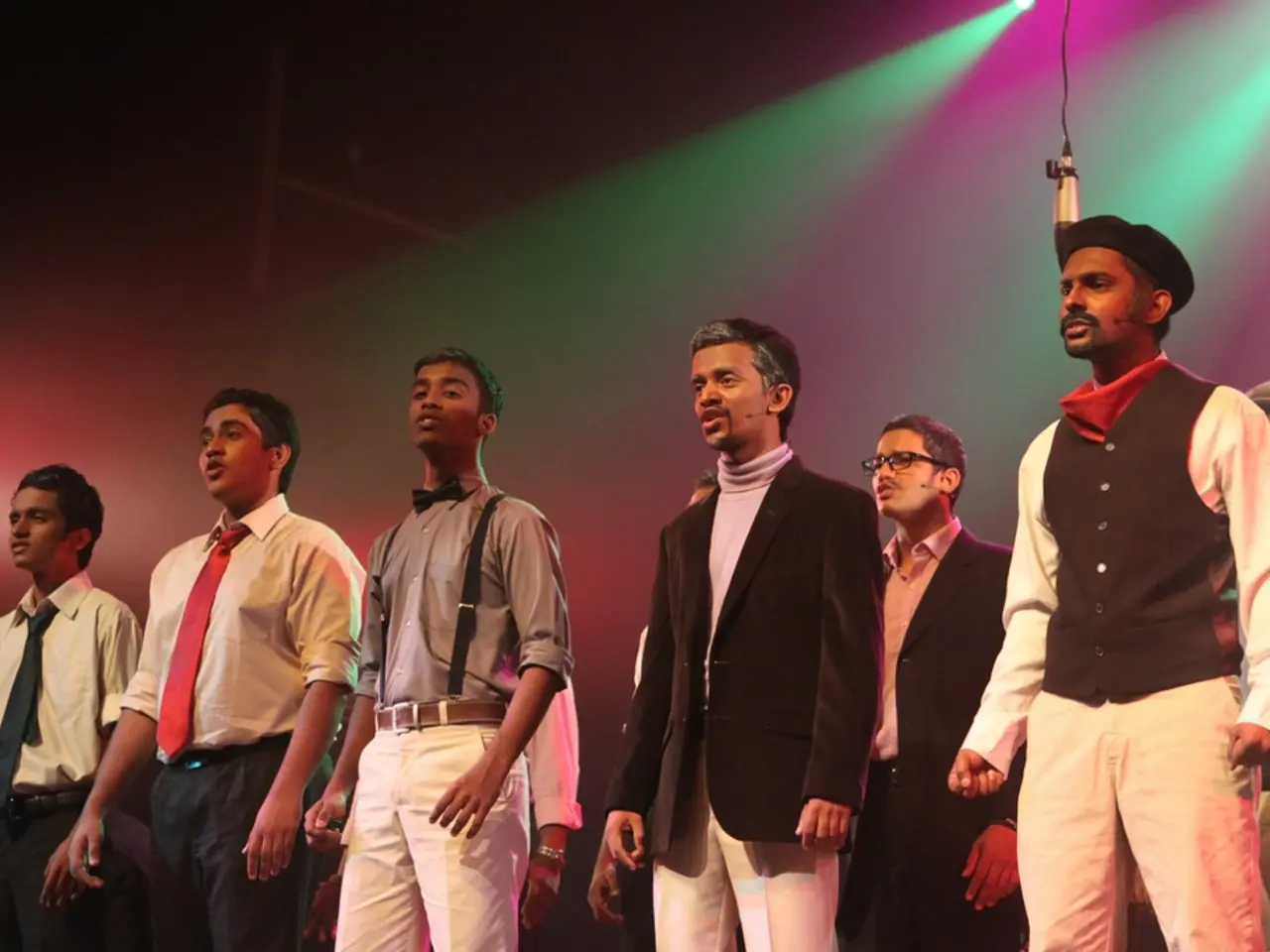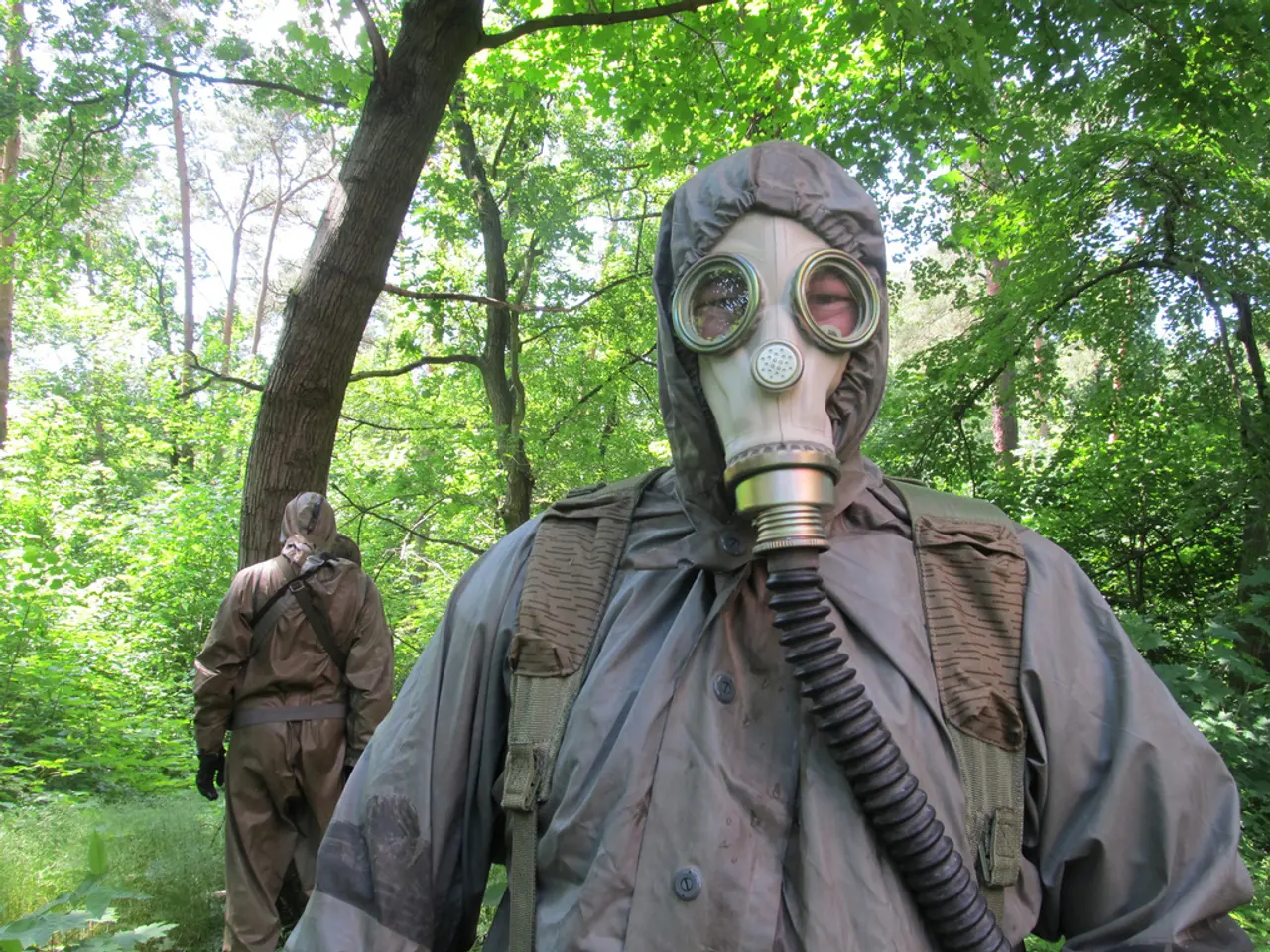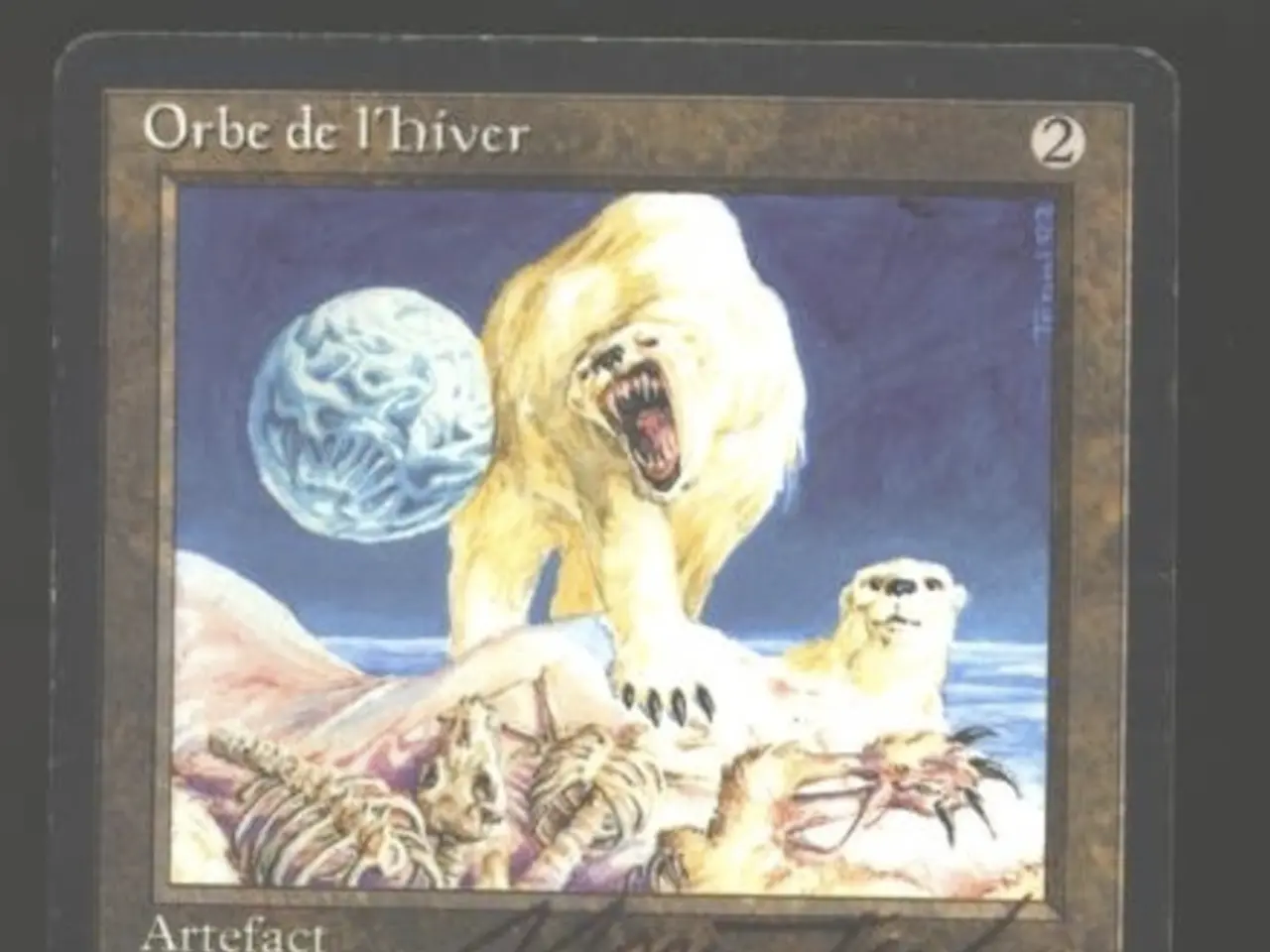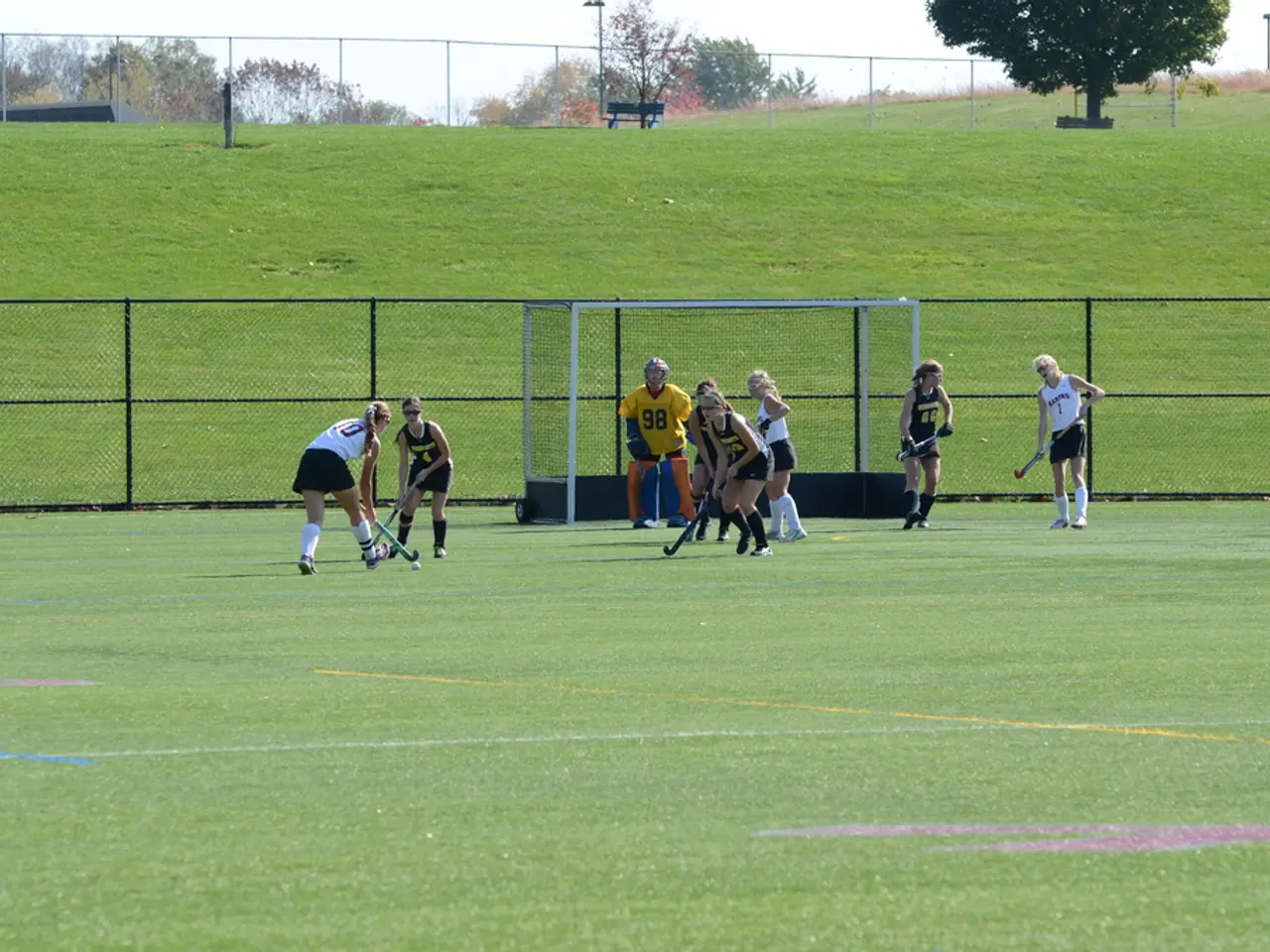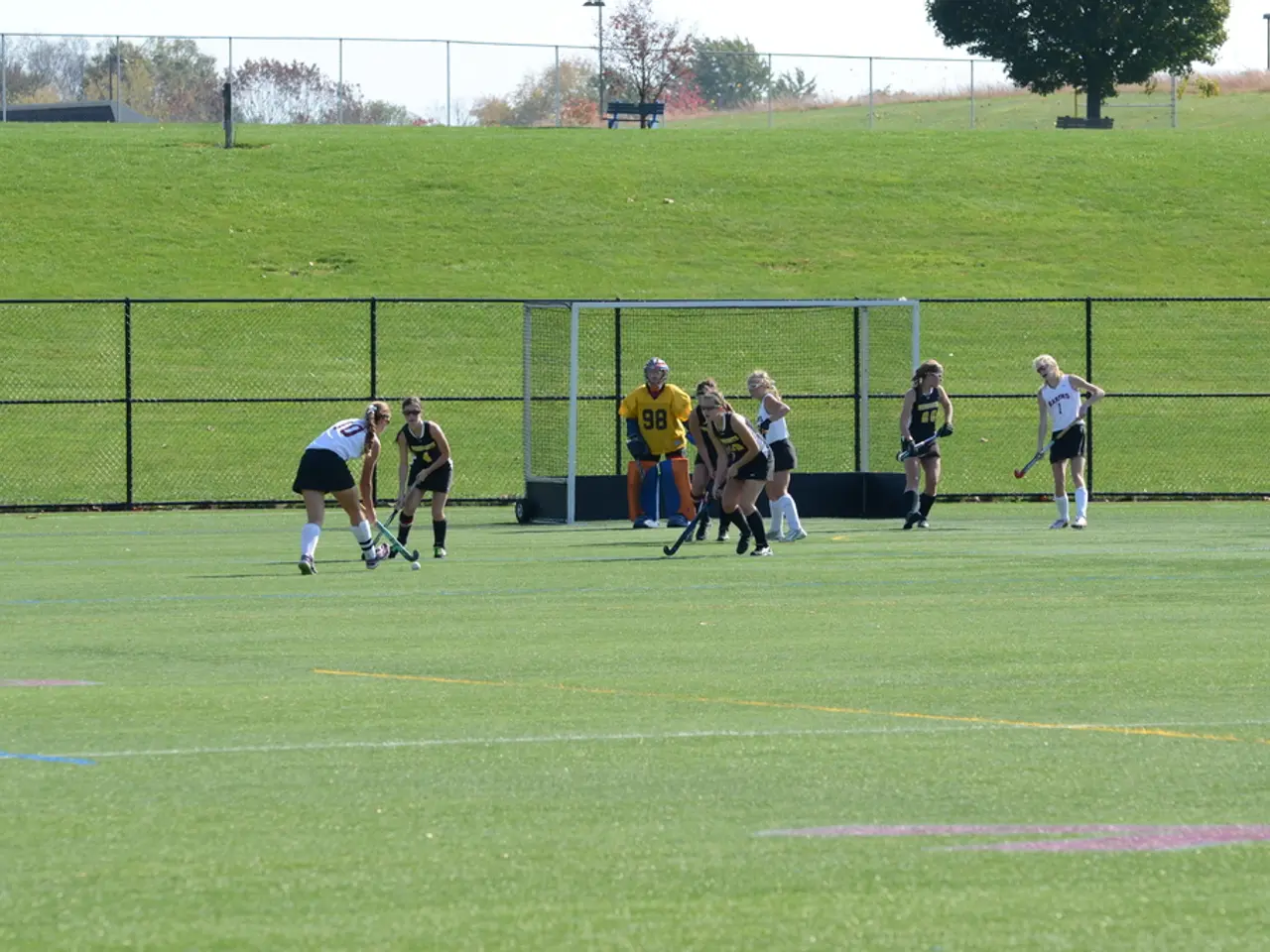Detailed Exploration of Humor and Sorrow in Classical Drama: An Unabridged Study Guide
In ancient Greece, the world of drama was born out of religious festivals dedicated to Dionysus, the god of wine, theatre, and festivity. This divine influence led to the evolution of two main categories: tragedy and comedy.
Tragedy, a serious dramatic form, portrayed noble characters and significant public themes. Playwrights like Aeschylus, Sophocles, and Euripides crafted masterpieces that delved into the moral and psychological consequences of human decisions and fate. Sophocles, in particular, is often hailed as one of the greatest Greek playwrights for his works Oedipus Rex and Antigone.
Comedy, on the other hand, emerged from Dionysian revelry and phallic songs, and tended to depict lower-class characters and domestic or mundane situations. Aristophanes, a renowned comic playwright, exemplified this genre with his works that often critiqued public figures and societal norms in a humorous manner.
The structural evolution of Greek theater saw early performances in the orchestra, a circular dancing floor with an altar, traditionally set near the temple of Dionysus. Over time, additional architectural innovations appeared, such as the skene (background building) and the proskenion (stage area), which provided scenery, dressing rooms, and raised performance spaces. By the mid-4th century BCE, theaters like the Theatre of Dionysus in Athens were expanded with stone seating for large audiences and more permanent stage constructions.
The Hellenistic period marked a significant leap in mobility and sophistication in staging, with archaeological evidence showing movable stages and scenic elements mounted on wheels. This allowed for dynamic scene changes and enhanced theatrical effects, transforming Greek drama from improvised ritualistic performances to sophisticated dramatic art forms performed before large civic audiences.
While both genres may explore similar themes—such as love, family, and power—tragedy usually focuses on the consequences of human actions and the role of fate, while comedy tends to mock human folly and challenge societal norms. Comedy features exaggerated characters and situations, happy endings, social critique, slapstick and farce, and moral lessons. In contrast, tragedy's chorus often represents the voice of society or the gods, while in comedy, it is more likely to participate in humorous or satirical commentary.
New Comedy, represented by Menander, shifted towards domestic situations, focusing on relationships, love, and everyday characters. This marked a departure from Old Comedy, which was highly political and satirical, often focusing on the absurdities of public figures and societal norms.
Classical drama continues to be a potent lens through which to view human nature, whether through the somber reflection of fate and human fallibility in tragedy or the humorous social commentary in comedy. In Western theater, this ancient legacy continues to have a significant influence, especially in contemporary plays and movies that address serious themes and human nature.
Characters in Greek tragedy, such as those in Sophocles' works Oedipus Rex and Antigone, were often noble individuals dealing with significant public themes, while comedy, like Aristophanes' plays, frequently depicted lower-class characters in domestic or mundane situations to critique societal norms. The structural advancements in Greek theater during the Hellenistic period enabled the transformation of drama from improvised performances to sophisticated artistic entertainments, showcasing themes like love, family, power, and social critique in both tragedy and comedy.
